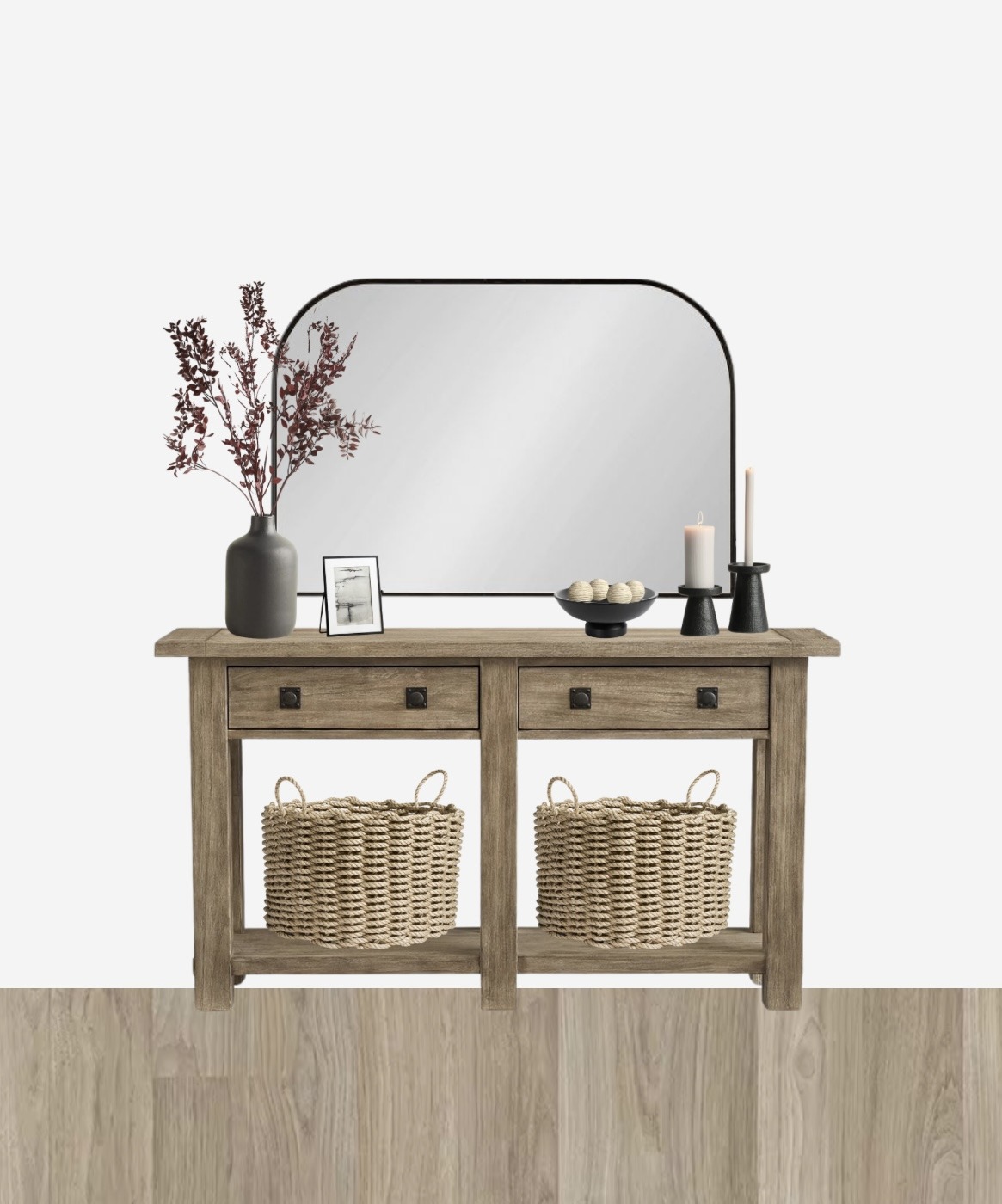Jute is a natural fiber derived from the jute plant and known for its sustainability. In home decor, you’ll find it commonly used to make rugs, baskets, and wall hangings. Today, I’m exploring what exactly makes jute rugs and other jute decor so eco-friendly, and making the case for why you should be incorporating this sustainable material into your home.

Related: 9 Sustainable Materials You Should Be Decorating Your Home With
What Makes Jute Rugs & Jute Decor So Sustainable?
1: it’s a fast growing plant

One of the primary reasons why jute is considered sustainable is because it is a natural and renewable resource. Cultivated mainly in regions of India and Bangladesh, these plants can reach maturity in just a few months, making jute an incredibly fast-growing crop.
This rapid growth rate allows for a continuous and sustainable supply of jute fibers without depleting natural resources.
2. it’s biodegradable

Unlike synthetic materials that require extensive energy and resources for production, jute is naturally occurring and biodegradable. When jute products reach the end of their life cycle, they can easily decompose and return to the earth, minimizing their environmental impact.
This makes jute an excellent choice for those who want to reduce their carbon footprint and lead a more sustainable lifestyle.
Related: Fast Homeware: What To Know About Fast Fashion’s Unsustainable Sibling
3. eco-friendly production

Another aspect that makes jute sustainable is its eco-friendly production process. Jute fibers are extracted from the stalks of the jute plant through a process called retting, which involves soaking the plants in water to facilitate the separation of fibers.
This process requires minimal chemical intervention and does not produce harmful byproducts. Compared to other fibers, jute production has a lower environmental impact, as it consumes less water and energy.
4: it absorbs carbon dioxide

Jute plants have a high carbon dioxide absorption rate, helping to reduce greenhouse gas emissions and combat climate change. As jute plants grow, they absorb large amounts of carbon dioxide from the atmosphere, acting as a natural carbon sink and helping to maintain ecological balance.
Related: Cork Decor: What Makes This Popular Home Material Sustainable?
5. it’s versatile and durable

This natural fiber is known for its versatility, making it suitable for various home decor applications. Jute rugs, curtains, baskets, and wall decor are stunning choices for eco-conscious individuals who want to incorporate sustainable materials into their homes.
It can also be woven, braided, or even blended with other fibers to create unique textures and designs. Plus, its strength and durability prolongs the use of jute decor, reducing waste production.
6. it’s non-toxic

Volatile organic compounds (VOCs) are a group of organic chemicals (commonly human-made) that can easily evaporate into the air at room temperature. They’re found in products like cleaning supplies, paints, pesticides, adhesives, and can contribute to a decrease in air quality and overall health.
Jute decor pieces, like rugs, are known for their non-toxic properties, often being low VOC or VOC free.
Related: What Makes Bamboo Decor Sustainable? (And Why You Should Use It In Your Home)
Thanks for reading this article about jute rugs and what makes them so sustainable! If you liked it, give it a share or save it to Pinterest so you can come back to it later.
This article about jute rugs and sustainability contains affiliate links, which means that if you make a purchase through a link on this page, we earn a small commission at no extra cost to you.




